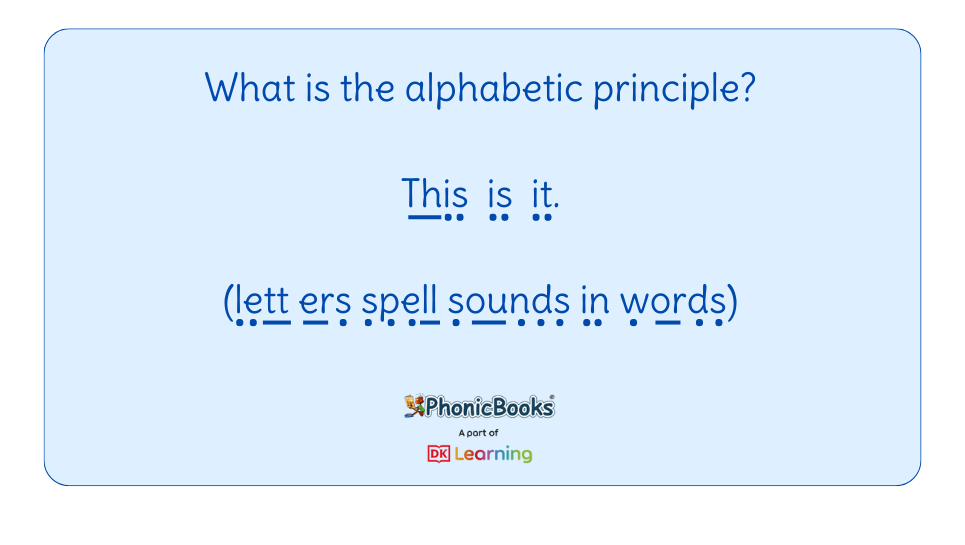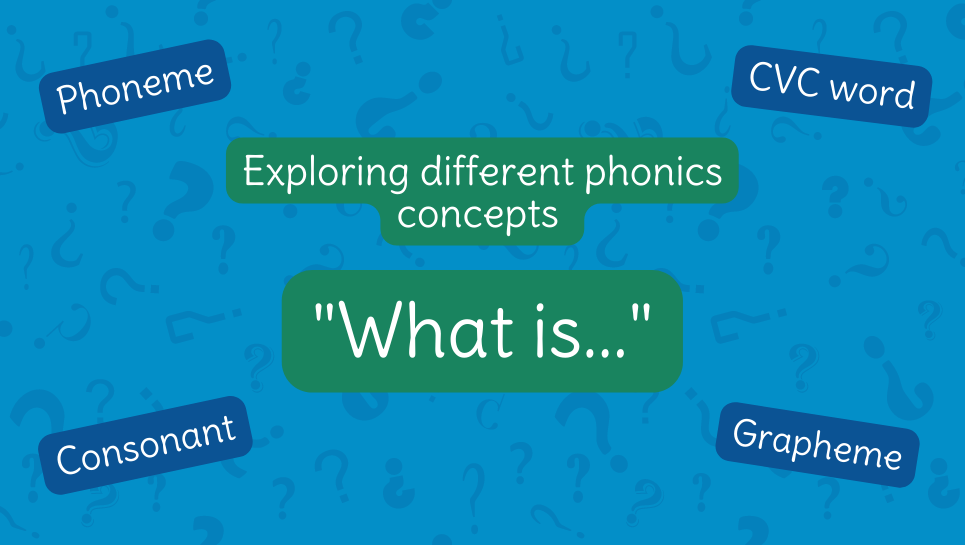In our ‘what is…’ series we’re taking things back to basics! From phonics to decoding, blending and more, we’re going to break things down and give you our expert advice on each area, to help answer any questions you may have around teaching reading.
***
It may seem obvious to fluent readers, but beginner readers need to realise that the squiggles on the page (letters) represent sounds of spoken language. This is the principle on which the English writing system is based and is a necessary concept for beginner readers to grasp before they learn to read. For example, when a student sees the letter ‘m’ he/she learns that it represents the sound /m/. This is the same sound as in the word ‘mum’.
Students learn that the relationships between the letters and sounds of speech are systematic (not random). The English writing system is complex, and these relationships should be taught logically through phonics. The English language has 44 sounds (20 vowels and 24 consonants). As speech differs from one accent to another, the relationship between the sounds and letters may differ slightly. The framework for the relationship between these 44 sounds and the letters/letter patterns is called the Alphabetic Code.




I am currently half way through training with SPELD NZ. Your resources are very helpful.